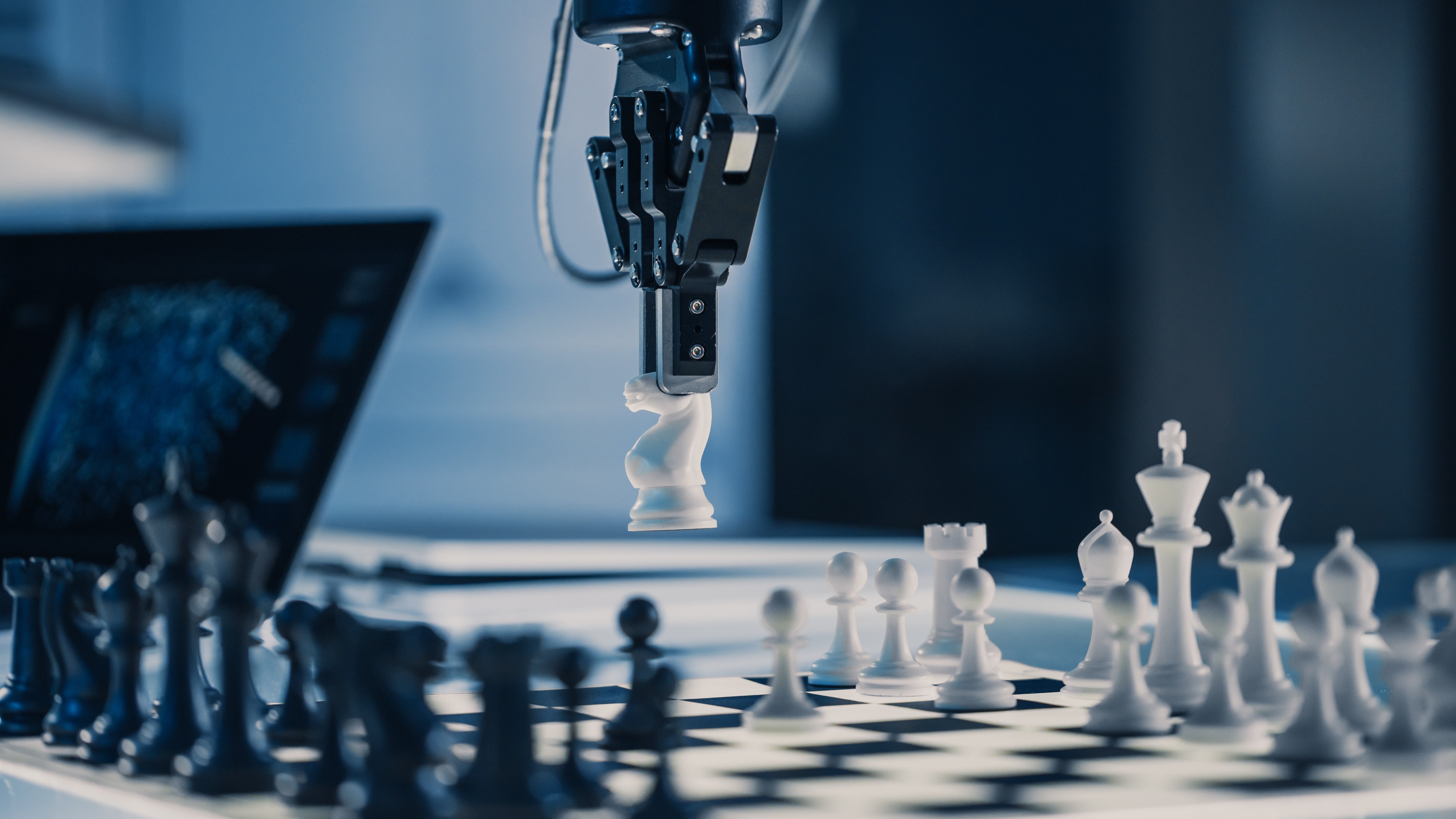Breaking Down the Basics: Deep Learning vs Machine Learning

In recent years, cloud computing solutions have revolutionised the way businesses develop, test, and deploy applications, driving the popularity of machine learning and deep learning in the technology sector. With their ability to enable new digital experiences, it is predicted that 85% of businesses will embrace a cloud-first principle by 2025.1
While both machine learning and deep learning fall under the umbrella of artificial intelligence (AI), they differ in several significant ways. By exploring and understanding the distinctions between them, as well as knowing when to utilise each learning process to analyse data, data science experts can achieve their goals and greatly improve their operations.
What is Machine Learning?
Machine learning is a cutting-edge technology that utilises supervised learning to train machines to recognise and make predictive decisions based on curated datasets. The process involves teaching and monitoring a computer to identify objects, enabling it to make autonomous decisions.
Machine learning has diverse applications, ranging from speech and facial recognition to virtual assistants and fraud detection.
What About Deep Learning?
Deep learning, on the other hand, uses artificial neural networks inspired by the human brain. By identifying patterns and using reinforcement learning to solve complex, real-life problems, deep learning excels at tasks that require processing vast amounts of data, such as natural language processing or autonomous driving software. Essentially, deep learning uses computer vision to perform unsupervised learning on visual information, training systems to interpret data in a way that mimics the human brain.
This technology is revolutionising fields such as medicine and finance, and it's helping to power some of the most advanced technologies of our time.
Machine Learning vs Deep Learning: What are the Differences?
In simpler terms, machine learning can be compared to a rule-abiding robot, while deep learning is more like a baby taking its first steps. With machine learning, data scientists and software engineers teach the robot to recognise elements by exposing it to structured datasets, allowing it to develop a set of rules for identifying and recognising certain elements in the future.
Meanwhile, deep learning transforms the robot into a baby that can recognise and analyse data with a logical structure, similar to how a human would analyse data without the need for a set of pre-programmed rules. This process of “raising” a computer baby allows it to learn and grow on its own, much like a human child.
While machine learning produces a rule-following robot, deep learning creates a computer that can learn and adapt, akin to a human. It is like the difference between trying to programme a robot to dance and teaching a baby to dance – the robot might be able to do some cool moves, but the baby will have style and personality.

Machine Learning vs Deep Learning: Which One Should Data Science Experts Use?
So, which is better? Whether it’s machine learning or deep learning, it is important to firstly identify the specific problem and data points at hand in order to determine when to use the correct tools.
In general, machine learning is well-suited for problems involving simple data with clear relationships between variables. It's also a good choice when you have limited data or computational resources. Machine learning can be used to solve problems such as regression, classification, and clustering.
Deep learning is better suited for tasks involving complex data and less well-understood relationships between variables. It is particularly effective in tasks such as speech or facial recognition, natural language processing, and other high-level abstraction tasks.
Depending on the finer details of the problems you have to solve, choosing the right AI solution with the right approach will make a marked difference in your success rate.
The Future of Deep Learning and Machine Learning
As we continue to push the boundaries of machine and deep learning, the impact of these technologies on our lives is certain to be enormous and long-lasting. With their incredible capabilities, every industry, from healthcare and finance to manufacturing and transportation, stands to be transformed.
Singapore has established itself as an epicentre of cloud development and innovation, according to the Global Cloud Ecosystem Index 2022,2 setting the pace for the rest of the world to follow. This means that as demand for machine learning and deep learning applications continues to grow, Singapore is well positioned to be at the forefront of this cutting-edge field.
For those looking to boost their career in data science, Singapore Institute of Management's Graduate Diploma in Data Science (E-Learning) is a great launching pad to gain valuable industry-informed insights into cloud computing, machine learning, deep learning, and other technologies that can help you make your mark.
Schedule a quick call with your dedicated Student Advisor to find out more about this 100% online programme designed especially for working professionals.
References
2 https://www.spiceworks.com/tech/cloud/news/mit-global-cloud-ecosystem-index/





